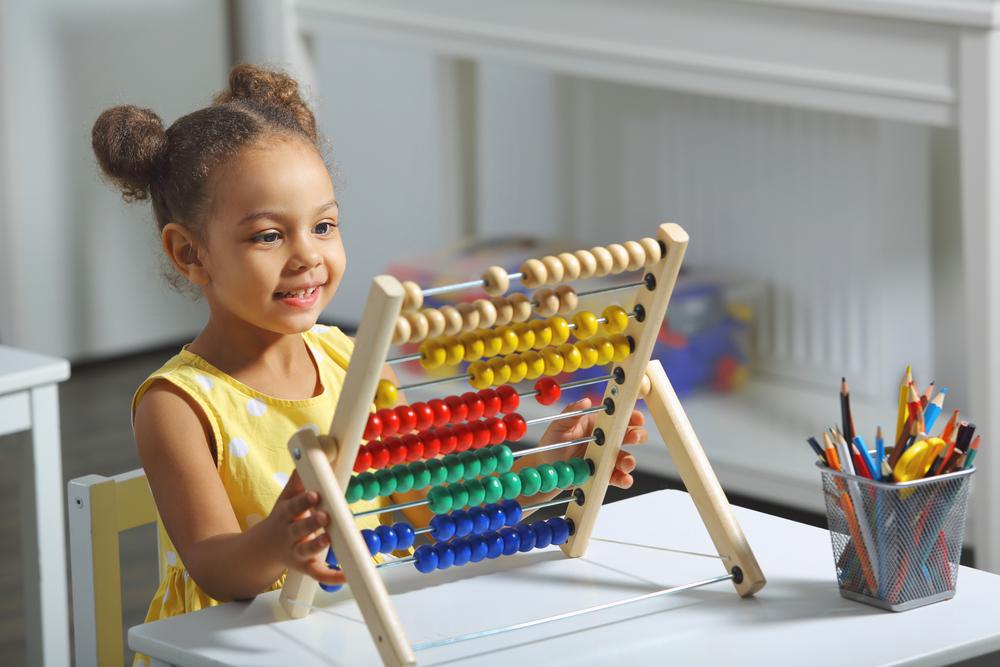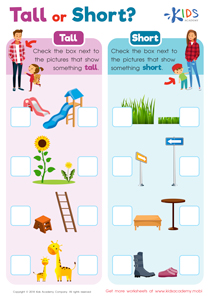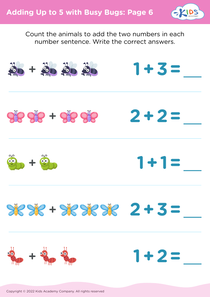Visual perception Preschool Numbers Worksheets
14 filtered results
-
From - To
Enhance your child's numerical understanding with our Visual Perception Preschool Numbers Worksheets! Specially designed for preschoolers, these engaging printables combine fun and education to boost visual perception skills while introducing basic numbers. Each worksheet leverages colorful graphics and interactive activities to keep young learners captivated and motivated. Through identifying, matching, and tracing numbers, children develop critical cognitive and fine motor skills. Perfect for home or classroom use, these worksheets lay a strong foundation for future math success. Start your child's math journey with worksheets that make learning numbers an exciting and visually stimulating experience!
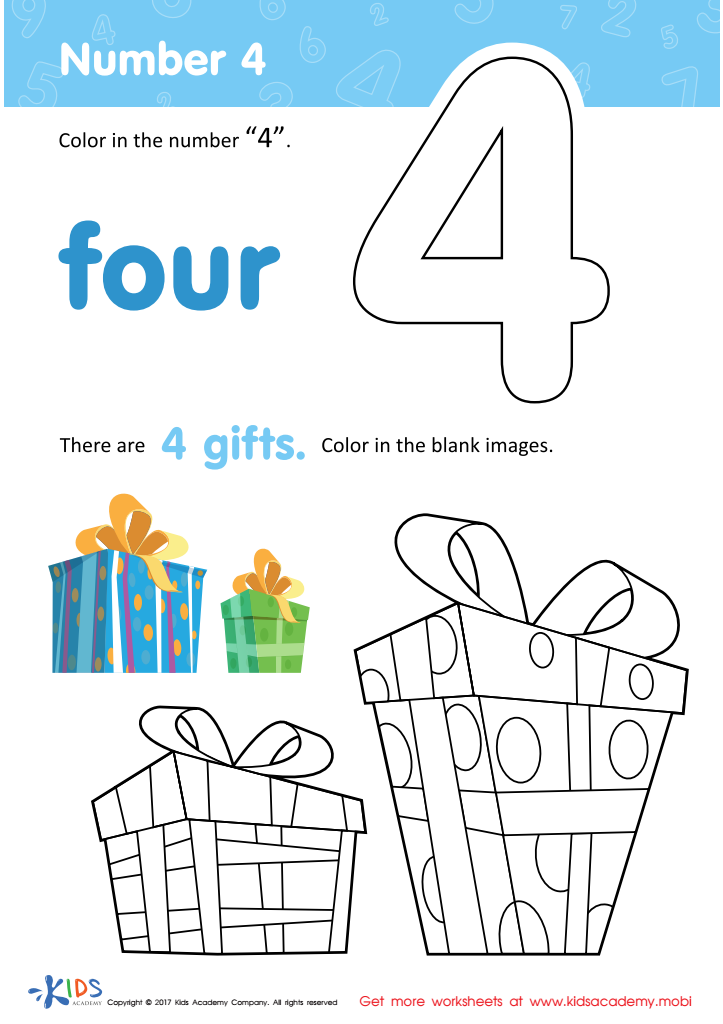

Number 4 Printable


Find 7 Eggs Worksheet


Counting Spots Worksheet
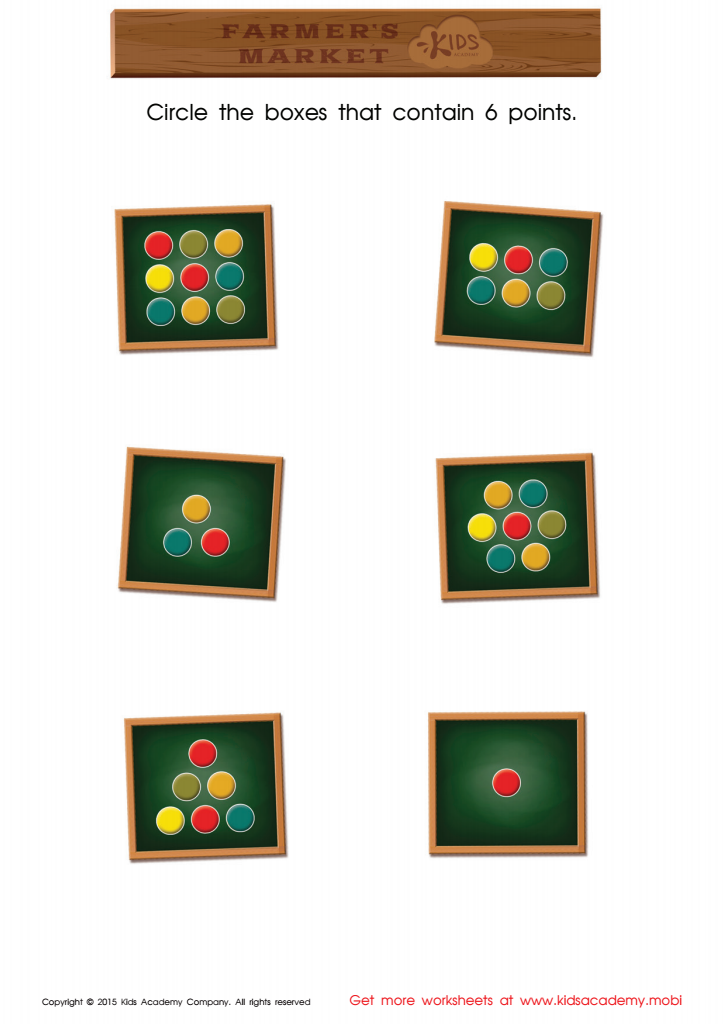

Count and Match Points 6 Math Worksheet


Arranging Clothes Worksheet


Classifying Toys by Type and Color Sorting Worksheet


Count Santa's Presents Worksheet
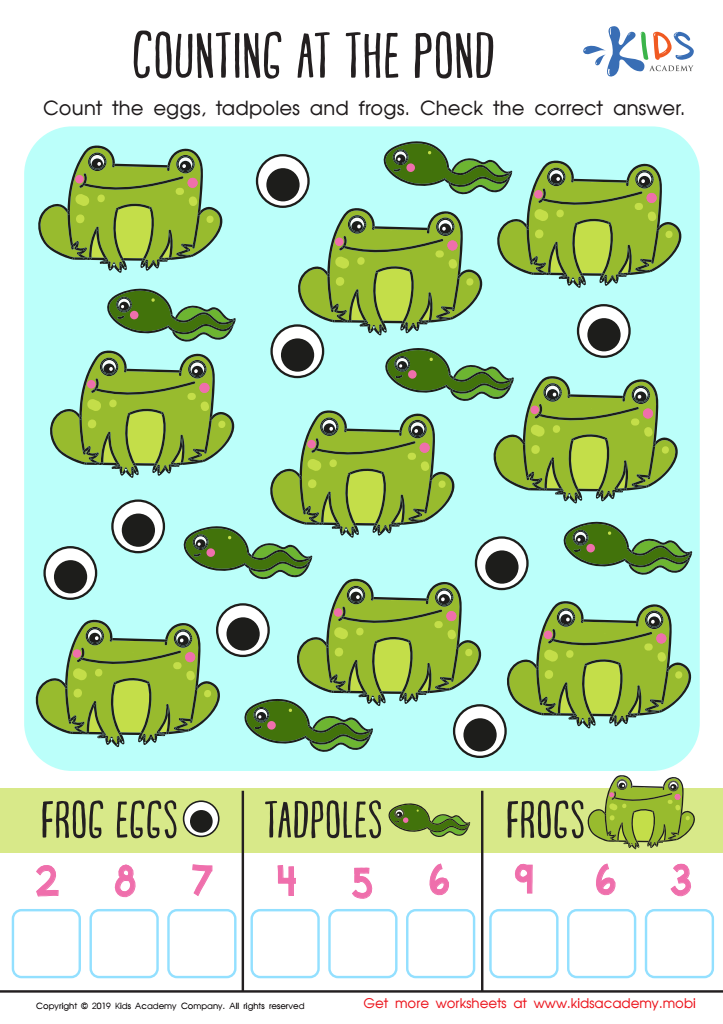

Counting at the Pond Worksheet


Stack the Blocks Worksheet
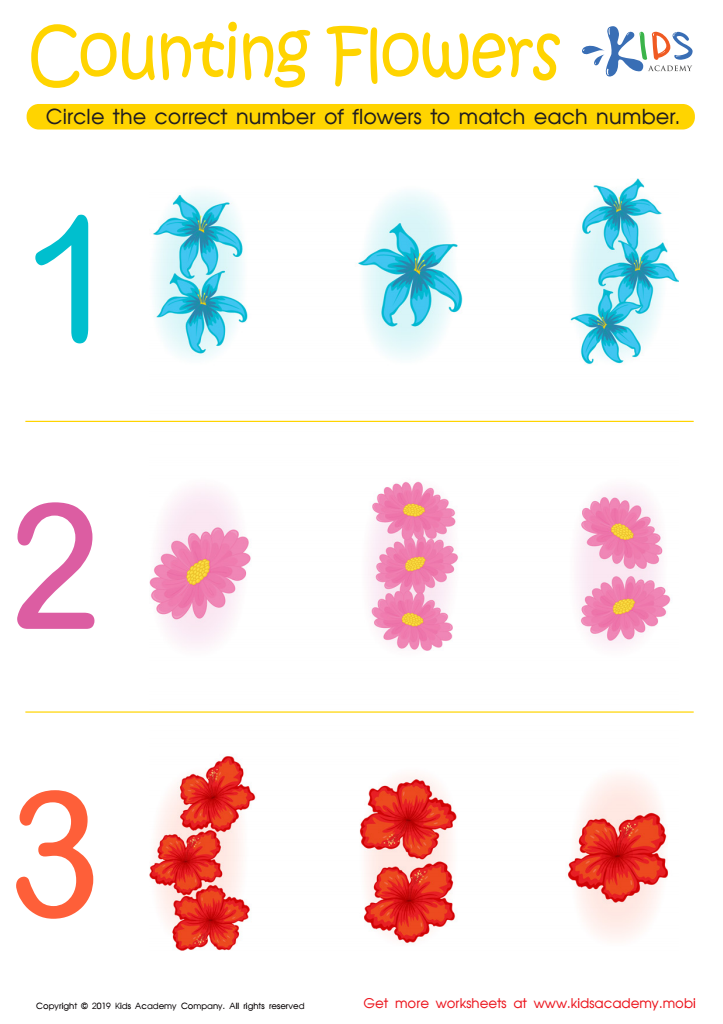

Counting Flowers Worksheet
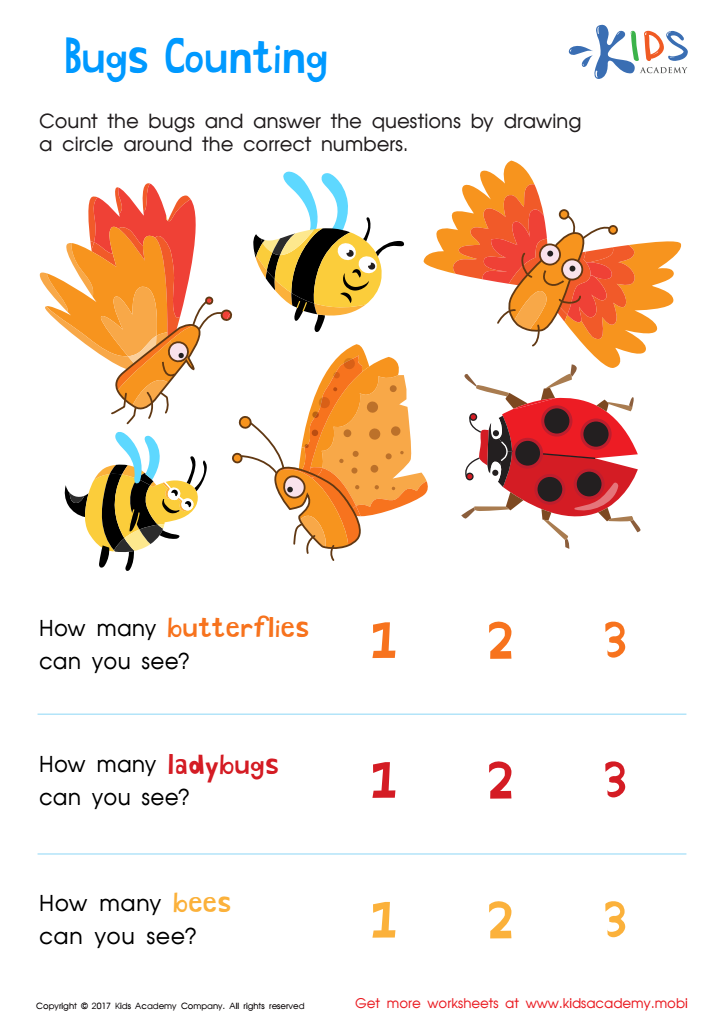

Bugs Counting Worksheet


Which Wagons Have 1 Less? Worksheet
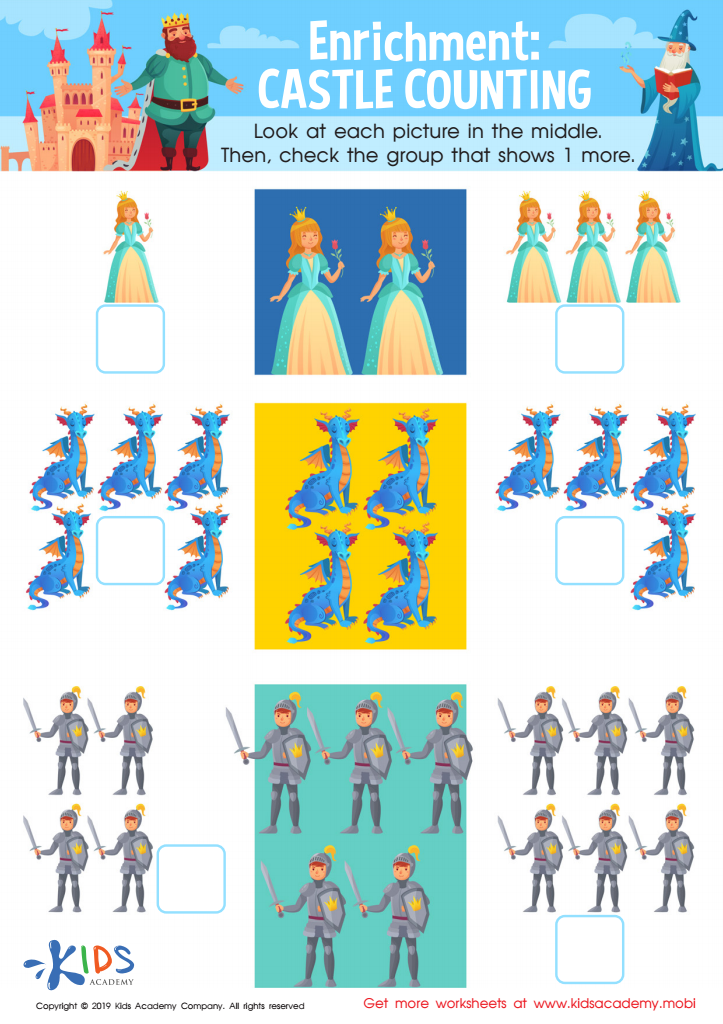

Enrichment: Castle Counting Worksheet
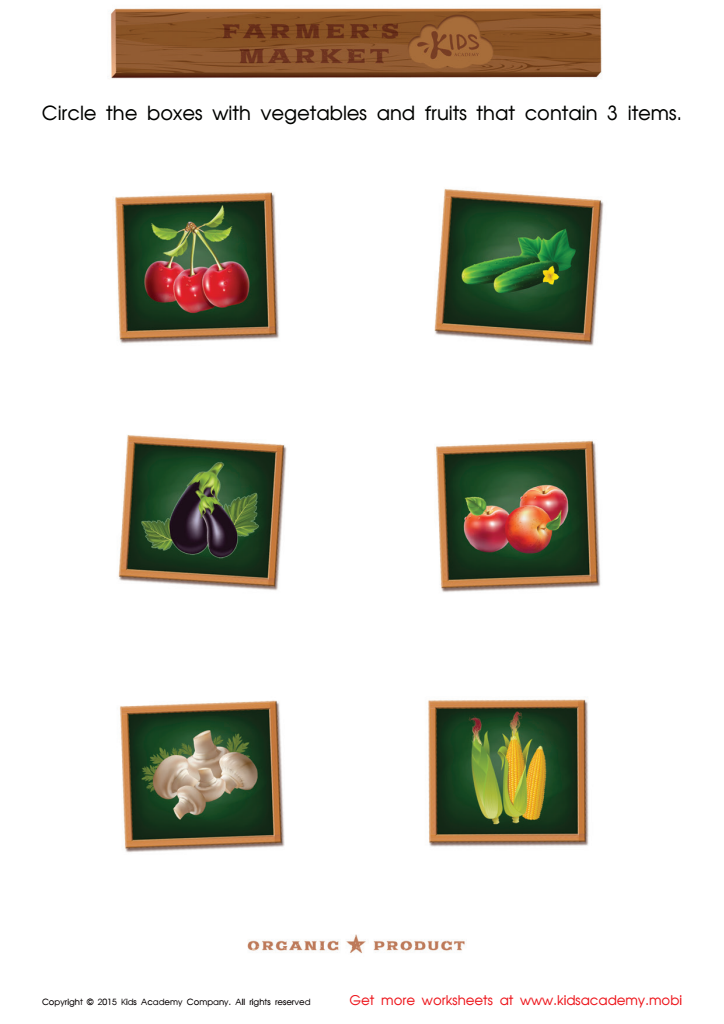

Count and Match Vegetables 1 – 5 Math Worksheet
Visual perception is essential for a child’s holistic development, especially in the early years when foundational skills are established. Preschool numbers introduce children to basic math concepts, and visual perception skills enable them to interpret and understand numerical information accurately.
For parents and teachers, fostering strong visual perception skills in relation to numbers lays the groundwork for future academic success. Young children often learn best through visual and hands-on experiences. When children engage with numbers in a visual format—such as through counting objects, recognizing numerals, and patterns—they can better grasp abstract concepts. This helps them transition smoothly to more complex mathematical operations later on.
Moreover, strong visual perception skills correlate with reading readiness. When children learn to visually distinguish between different numbers and their quantities, they also enhance their ability to recognize letters and words. This dual benefit supports both mathematical and literacy skills, forming a comprehensive educational foundation.
Additionally, early positive experiences with numbers can instill a sense of confidence and curiosity in children. When they successfully interpret numerical visuals, it boosts their problem-solving skills and encourages a growth mindset. Parents and teachers play a pivotal role in creating learning environments that prioritize both fun and educational rigor, embodying the principle that seeing truly is believing.
 Assign to My Students
Assign to My Students









